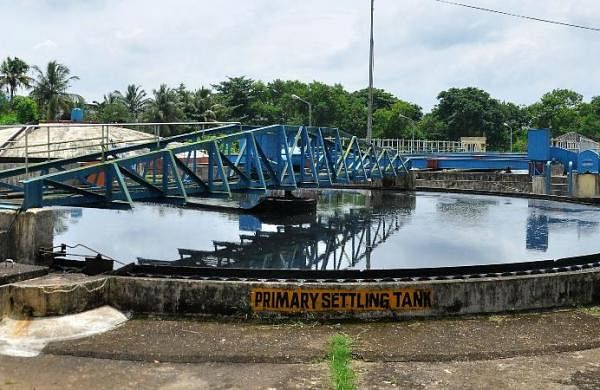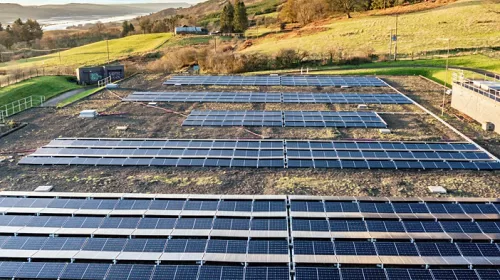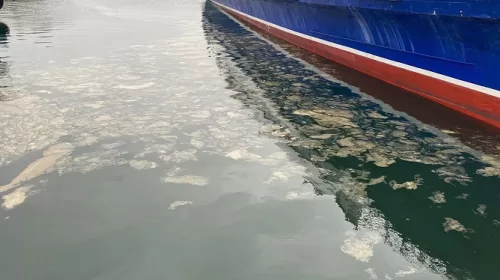On average, 24 out of the 35 sewage treatment plants (STP) in the national capital did not meet the prescribed standards for wastewater over the last year, according to government data. Delhi generates around 720 million gallons of wastewater a day.
The 35 STPs located at 20 locations across Delhi can treat up to 597 MGD of sewage and have been utilizing around 90 percent of their capacity. According to the Delhi Pollution Control Committee, biological oxygen demand (BOD), total suspended solids (TSS), and total nitrogen in the treated wastewater should be 10 milligrams per liter or less.
Chemical oxygen demand (COD) should be less than 50 mg per liter, and ammoniacal nitrogen and phosphate should be below five mg per liter and two mg per liter, respectively. Biochemical oxygen demand is the amount of dissolved oxygen used by microorganisms to metabolize organic matter in water.
High BOD levels mean there is a high level of microorganisms in the water, and a high content of organic material that is broken down by the organisms. COD describes the amount of oxygen required to chemically break down pollutants.
The STPs that met the norms the greatest number of times included Okhla Phase – six, Dr. Sen Nursing Home Nalla, Delhi Gate Nalla Phase – one, Delhi Gate Nalla Phase – two, Chilla, Common Wealth Games Village, Nilothi Phase – two and Papankalan Phase – two.
In October last year, teams of the Delhi Pollution Control Authority (DPCC) collected samples from 33 STPS. Of these, 23 were found not complying with the standards. Twenty-three in November and 22 in December did not meet the prescribed standards.
According to government data, 25 STPs in January this year, 26 in February, and 24 in March failed to meet the criteria for wastewater. Samples could not be collected for testing in April and May due to the COVID-19 pandemic and the lockdown. The DPCC inspection found that 22 STPs on June, 24 on July, 26 in August, and 26 in September did not meet the standards.
An official said many STPs do not have the technology to clean the wastewater to the updated DPCC standards. “The earlier governments did little to clean the Yamuna. The Arvind Kejriwal dispensation has undertaken projects to upgrade these STPs and this will take around three to four years,” he said.
Earlier this year, authorities had informed the National Green Tribunal that the up-gradation of STPs in Uttar Pradesh, Haryana, and Delhi to “substantially” reduce foaming in the Yamuna will take three to five years depending upon the availability of land and funds, etc.
The presence of phosphates and surfactants in untreated sewage from Delhi, Haryana, and Uttar Pradesh is a major reason behind frothing in the river.
Officials said the delay in tree cutting permission, COVID-19 lockdown, financial hardships, and migration of labor slowed down the construction and up-gradation of four major sewage treatment plants (STPs) – Kondli, Rithala, Okhla, and Coronation Pillar — in Delhi. These plants will be able to treat 279 MGD wastewater.
The 70-MGD Coronation Pillar STP is to be completed by November 2021, while the deadline for Kondli, Rithala, and Okhla STPs is December 2022. The construction of Coronation Pillar STP slowed down mainly due to the delay in handing over the site, appointment of project management consultant, construction ban imposed by Environment Pollution (Prevention and Control) Authority, COVID-19 lockdown and migration of labor, etc.




